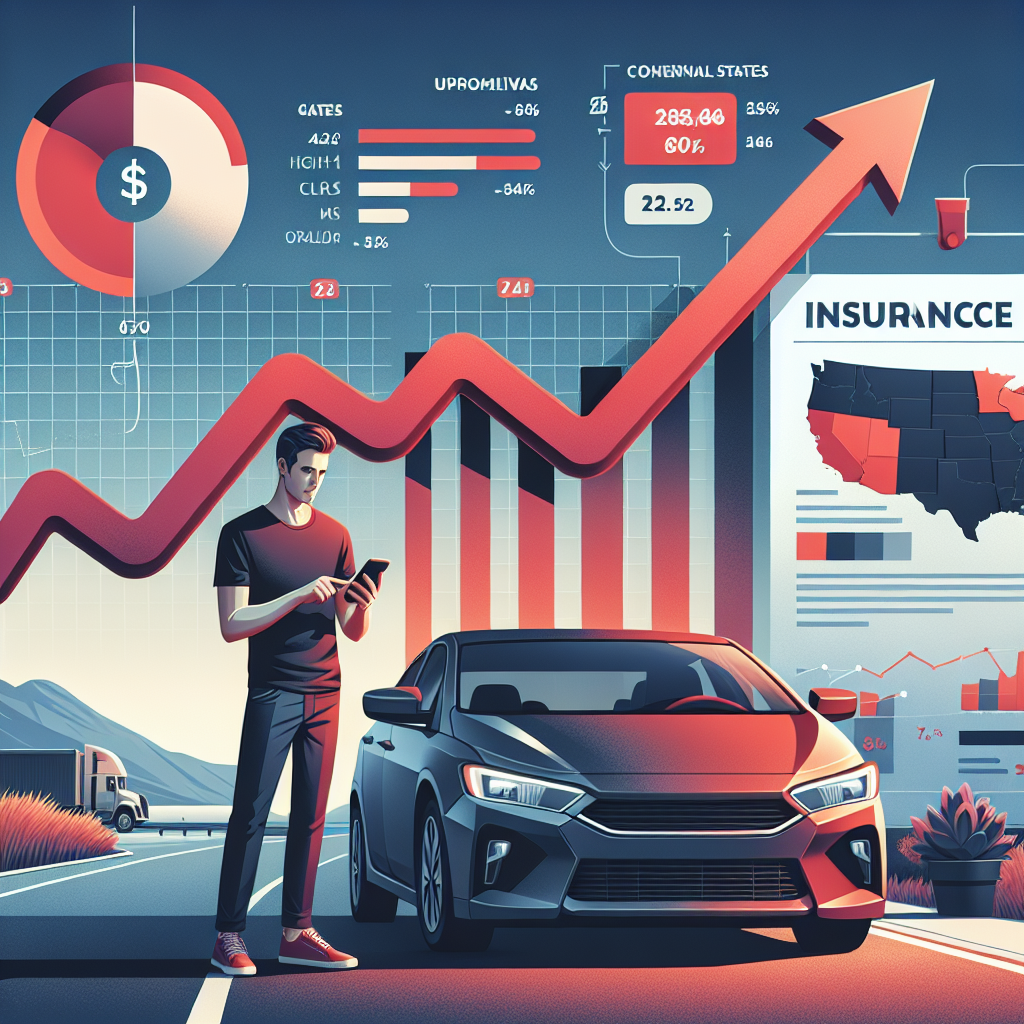Why Your Car Insurance is Skyrocketing: Costs & Highest-Premium States
Car insurance premiums have been climbing steadily over the past few years, leaving many drivers wondering what’s behind the spike. Whether you’re buying a new policy or renewing, you might feel sticker shock at the quote. In this article, we’ll break down why your car insurance is skyrocketing, spotlight the states with the highest rates, and share tips to manage rising costs.
Thank you for reading this post, don't forget to subscribe!What’s Driving Rising Car Insurance Rates?
Several factors are pushing premiums upward. Insurers look at trends over time and adjust their pricing to cover losses and expenses. Here are the key drivers:
- Increased Cost of Repairs: Modern cars have advanced safety and driver-assist features. When sensors or cameras break, repair bills jump.
- Higher Claim Severity: Medical costs and repair expenses are rising, so bodily injury and collision claims hit insurers’ bottom lines harder.
- More Frequent Claims: Distracted driving, like texting behind the wheel, is linked to a higher accident rate.
- Weather and Natural Disasters: Hail, flooding, and wildfires increase comprehensive claims in certain regions.
- Litigation and Legal Costs: Lawsuits following serious crashes can inflate settlement amounts.
Think of insurance pricing like writing code. You need a clear structure and careful planning, much like following a CSS roadmap when building a web layout. In both cases, a small oversight can lead to big adjustments down the road.
States with the Highest Premiums
Not all states are created equal when it comes to car insurance. According to the National Association of Insurance Commissioners, these states top the list for average annual premiums:
- Louisiana: Around $2,000 per year, driven by high accident rates and litigation.
- Michigan: Over $1,800, thanks to its no-fault system and guaranteed personal injury protection.
- Florida: Near $1,700, with frequent flooding claims and high fraud levels.
- Nevada: About $1,600, due to thefts and crashes in tourist-heavy areas.
- New York: Close to $1,500, reflecting congestion and costly repair shops.
For more detailed figures, the Insurance Information Institute offers state-by-state breakdowns of premium trends and loss ratios.
Why Regional Differences Matter
These variations happen because insurers model risk by location. Urban areas tend to see more vandalism and collision claims, while some states have unique legal environments that boost settlement costs. When you shop for coverage, keep your ZIP code in mind.
Tips to Manage Skyrocketing Premiums
Even if rates are up, you have options to control costs. Here are practical steps you can take today:
- Raise Your Deductible
Increasing your deductible by $500 can knock 10–15% off your premium. Just make sure you can cover that amount out of pocket if you have a claim.
- Bundle Policies
Many insurers offer discounts if you combine auto, home, or renter’s insurance with the same company.
- Shop Around
Rates vary widely from carrier to carrier. Comparing quotes annually ensures you don’t miss a better deal.
- Take Advantage of Discounts
Ask about safe-driver, good-student, low-mileage, and anti-theft device discounts.
- Review Coverage Limits
Eliminate unnecessary add-ons or adjust your collision/comprehensive limits based on your car’s value.
Approach this process like software development: apply best programming practices to your policy review—test, compare, and refine until you find the optimal setup.
Leveraging Technology and Telematics
Usage-based insurance programs track your driving habits through an app or device. Safe drivers can earn lower rates by demonstrating good speed control, smooth braking, and driving during off-peak hours. Check if your insurer offers a telematics discount.
External Resources for Deeper Insight
To stay informed on broader trends, consider these authoritative sources:
- Forbes Advisor’s Car Insurance Guide – Insights on current rates and tips for savings.
- NAIC – Regulatory data and consumer guides on insurance practices.
- Insurance Information Institute – Research reports on claim costs and premium statistics.
Conclusion
Car insurance costs are on the rise for reasons you can understand and manage. Higher repair bills, more frequent claims, and state-specific risks drive premiums up. By raising deductibles, bundling policies, shopping around, and using telematics, you can ease some of that burden. Stay proactive: review your policy annually and tap into reliable resources. After all, knowing why your car insurance is skyrocketing is the first step to keeping it under control.
Safe driving and smart shopping can go a long way toward finding the right coverage at a price you can afford.






